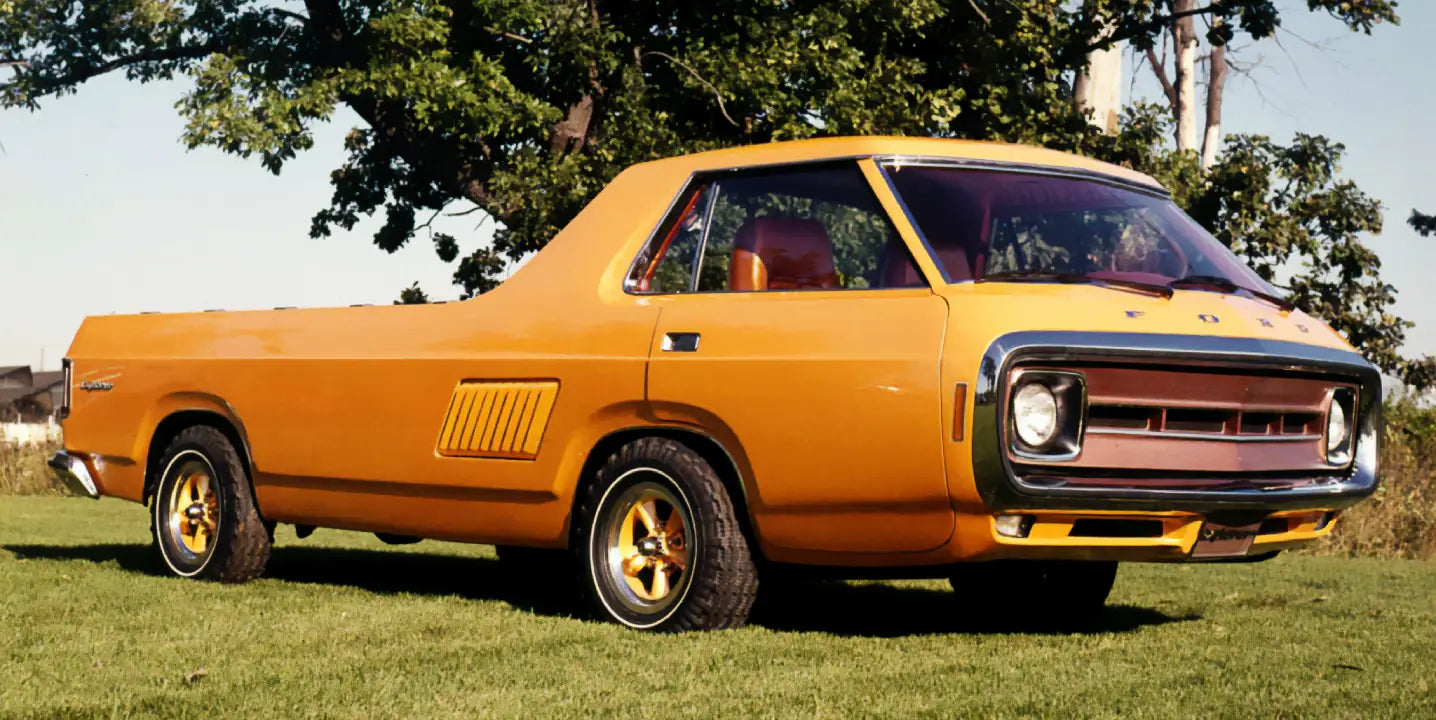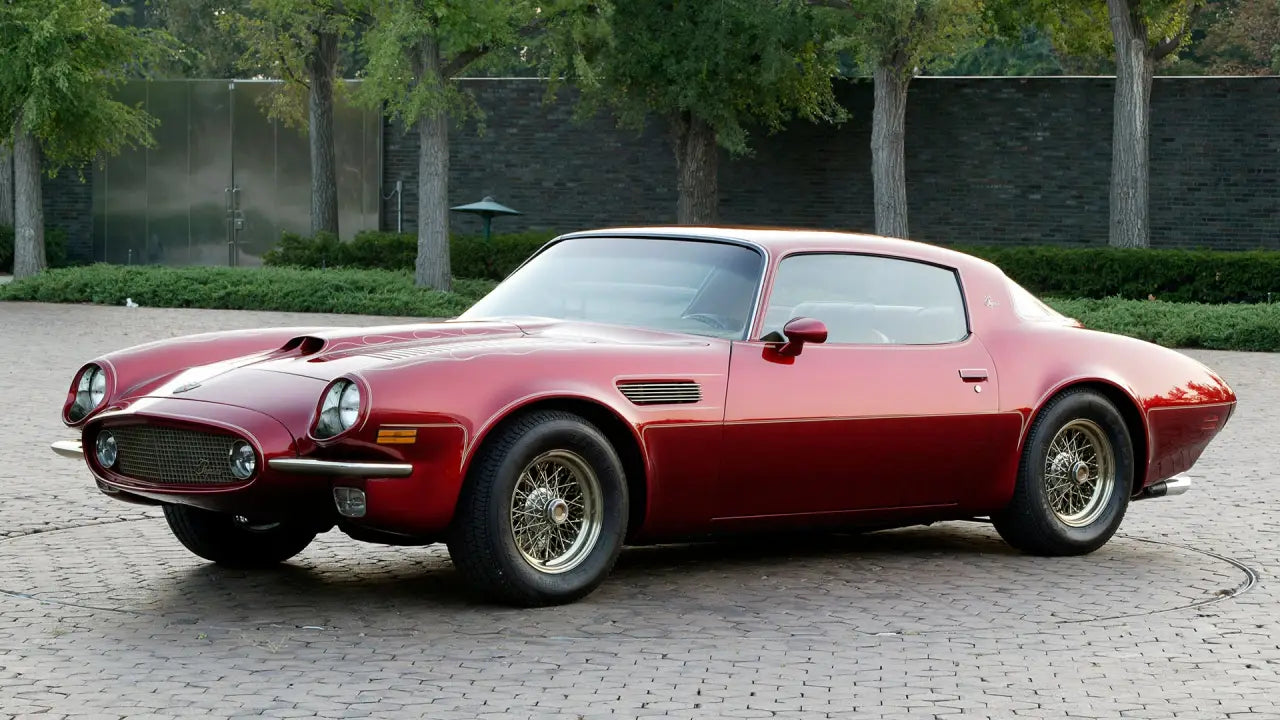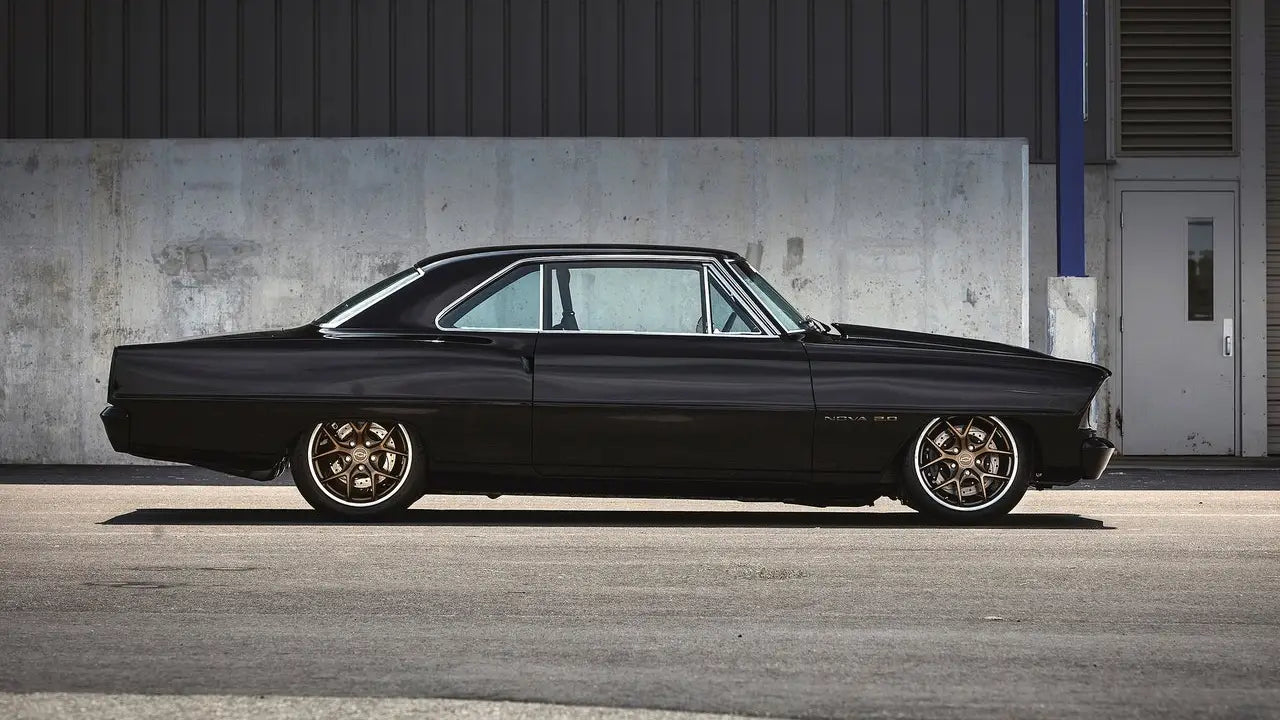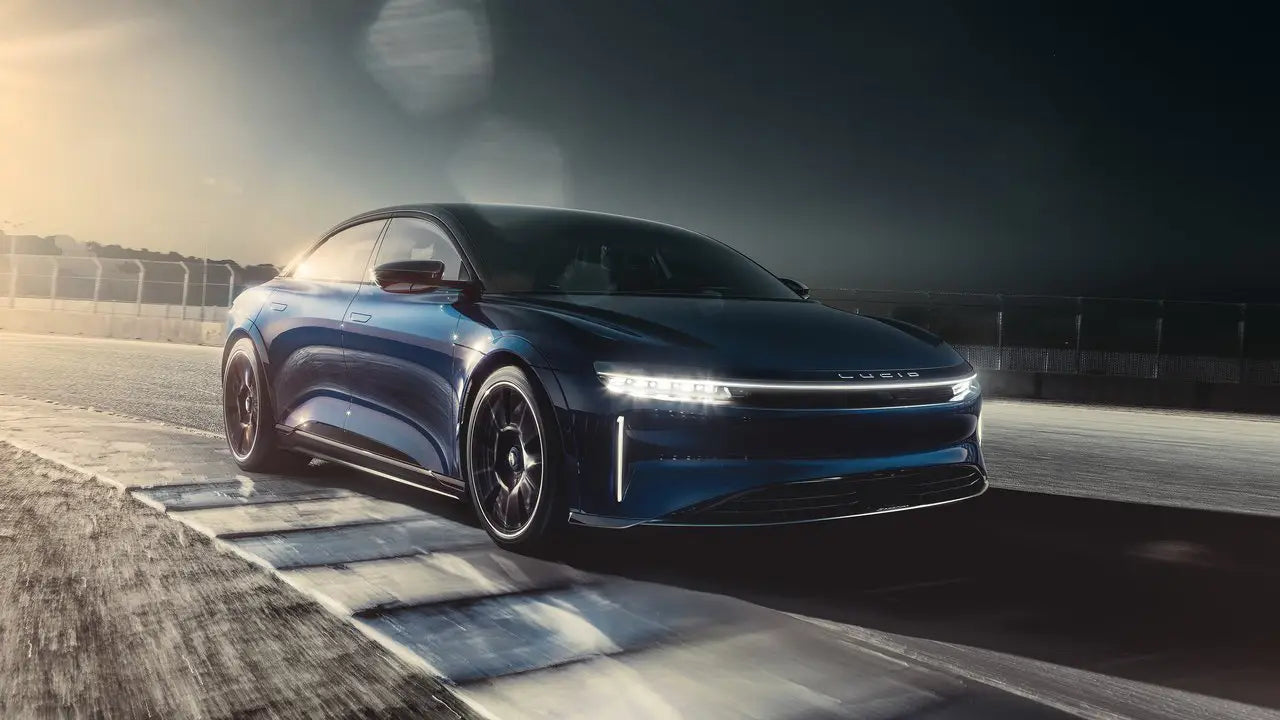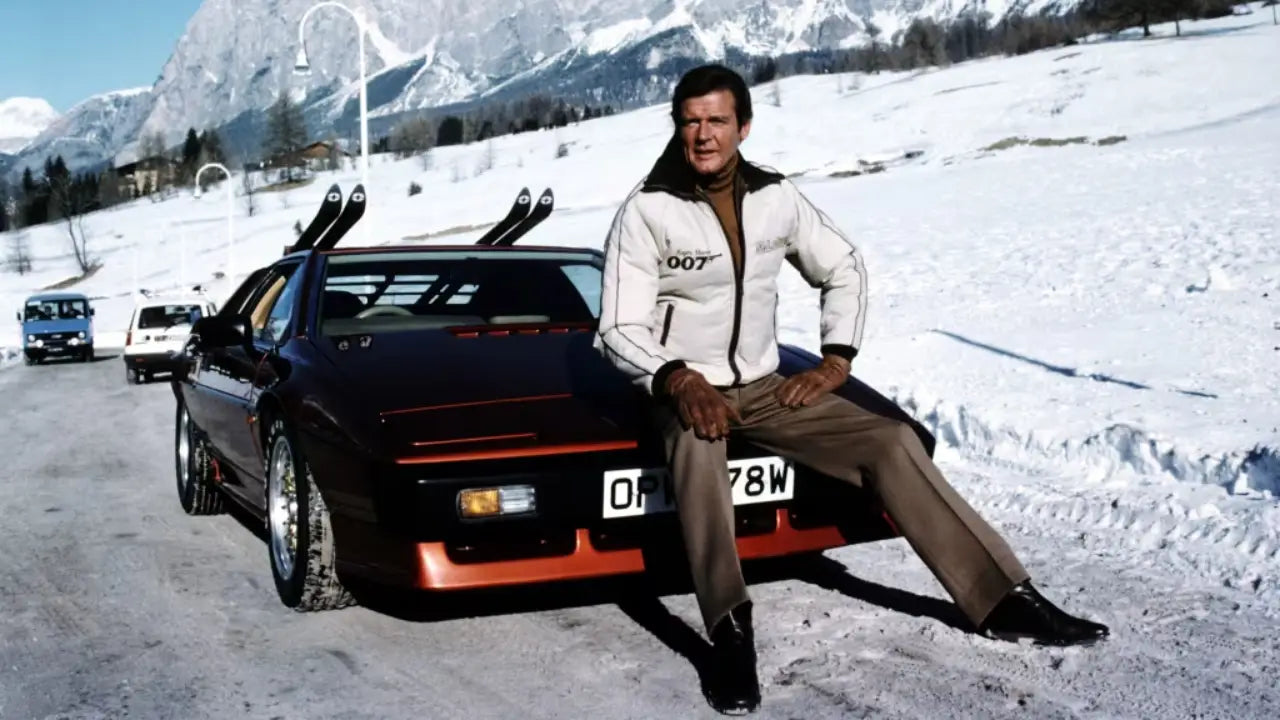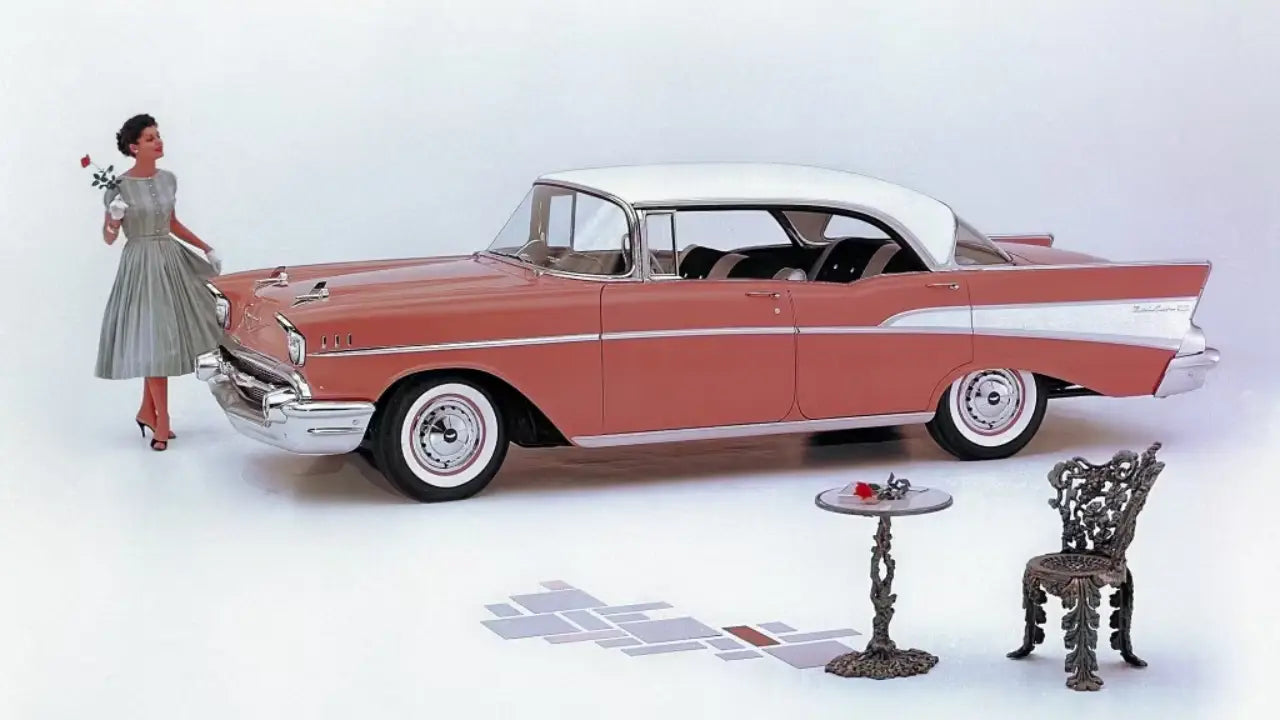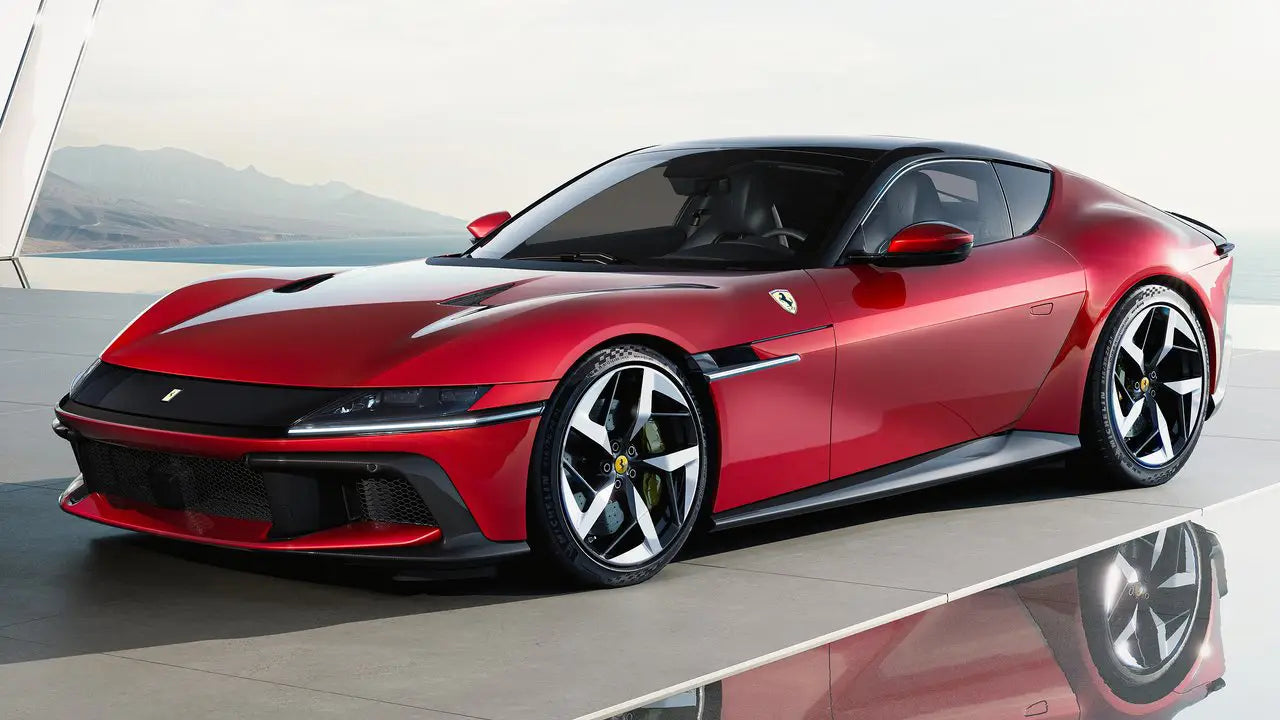Some cars weren’t just vehicles; they were experiences. They carried personality, design daring, and mechanical soul that modern cars often miss. While the world races toward digital dashboards and silent powertrains, these vintage legends remind us why cars once felt alive. They deserve a revival, not because of nostalgia, but because the roads still need their spirit. Let’s explore these!
Toyota 2000GT (1967): Japan’s First Supercar
The Toyota 2000GT was Japan's first true supercar, a remarkable example of workmanship and precision engineering. With its long hood, low stance, and exquisite balance, it demonstrated that Japanese automakers could produce vehicles as beautiful and capable as those from Europe. Only a few hundred were produced, making it both uncommon and prized. Reviving the 2000GT today would be about more than simply performance; it would be about elegance and craftsmanship, resurrecting that sense of mechanical romance in which every curve served a purpose and every detail shouted perfection.

Pontiac Firebird Trans Am (1977): The Rebel Icon
The Firebird Trans Am embodies the spirit of America, vibrant, bold, and proud of its character. With its eye-catching hood decal, powerful V8 engine, and “Smokey and the Bandit” fame, it truly embodied the spirit of the 1970s. It was bold, and that’s precisely why everyone adored it. Bringing back the Trans Am today could help revive the fearless confidence that seems to be missing in modern cars. It could once again be the car that doesn’t just drive; it announces its arrival, all growl and grin, turning heads on every street corner.

Lancia Stratos HF (1974): The Rally Legend
Few cars have ever looked as wild or driven as furiously as the Lancia Stratos HF. Designed purely for rally dominance, it featured a Ferrari V6 engine mid-mounted in a tiny, wedge-shaped body that resembled a fighter jet on wheels. It won championships, hearts, and eternal respect. A modern Stratos could reawaken that raw, mechanical madness: a short-wheelbase, mid-engine machine that feels alive in your hands. It would stand as a defiant reminder that cars should sometimes scare you a little, in the best possible way.

Jaguar E-Type (1963): Beauty on Wheels
The Jaguar E-Type is often called the most beautiful car ever made, and it’s hard to argue with that. Long, sleek, and impossibly elegant, it was a blend of British grace and sporting confidence. Reviving the E-Type would mean more than recreating a shape; it would be about capturing that sense of romance and craftsmanship in an age of software and silence. The world could use a car that doesn’t just move the body but stirs the heart.

Chevrolet El Camino (1970): The Stylish Workhorse
Half muscle car, half pickup, and entirely attitude, the Chevrolet El Camino was as unconventional as it was cool. It blurred categories and didn’t care what anyone thought. That duality, a car that could haul lumber in the morning and rule Main Street at night, gave it a cult following. A modern El Camino would bring back that same versatility with old-school charm, a vehicle for drivers who want practicality without surrendering style. In an era of bloated SUVs, its return would feel refreshingly rebellious.

Volvo 240 (1974–1993): The Indestructible Classic
The Volvo 240 is the antithesis of flair; it is square, honest, and unwaveringly dependable. Its simple design and legendary safety make it a popular choice for families and commuters worldwide. Yet, beneath that boxy look, there was a subtle charm and character that modern vehicles often lack. Bringing it back might honor endurance, comfort, and simplicity, the characteristics of a vehicle designed to outlast all else. In a world obsessed with luxury and gimmicks, the simple Volvo 240 would feel like a breath of pure Scandinavian air.

Buick Riviera (1965): The Gentleman’s Muscle Car
The 1965 Buick Riviera was a rolling sculpture, long, low, and dripping with quiet power. With its hidden headlights and sculpted fenders, it defined American luxury in motion. It wasn’t brash like its muscle car cousins; it was confident and composed, a gentleman’s express. A modern Riviera could revive that sense of elegant authority, blending classic proportion with smooth performance. It would be the car for those who prefer timeless class over flashy trends, a reminder that true luxury doesn’t shout, it whispers.

Chevrolet S10 (1982–2004): The Compact Pickup King
The Chevrolet S10 was the everyday truck because it was small, dependable, and not flashy. It didn't have to be huge to show how useful it was; it could haul, tow, and travel without any problems. A market full of pickups that are too big for their jobs, the S10's return could bring back the idea of a simple, useful truck that anyone can own and enjoy. In today's world, the S10 would be a truck that works hard and doesn't try to be too flashy.

Plymouth Barracuda (1970): The Forgotten Muscle Marvel
The Plymouth Barracuda may have been overshadowed by the Mustang and Camaro, but it was every bit as good, if not more distinctive. With its aggressive posture, broad haunches, and enormous engine options, it was classic Detroit thunder. Reviving the Barracuda would bring back a lost chapter in American muscle car history. It would bring back that raw, mechanical excitement that makes driving feel dangerous and alive again.



